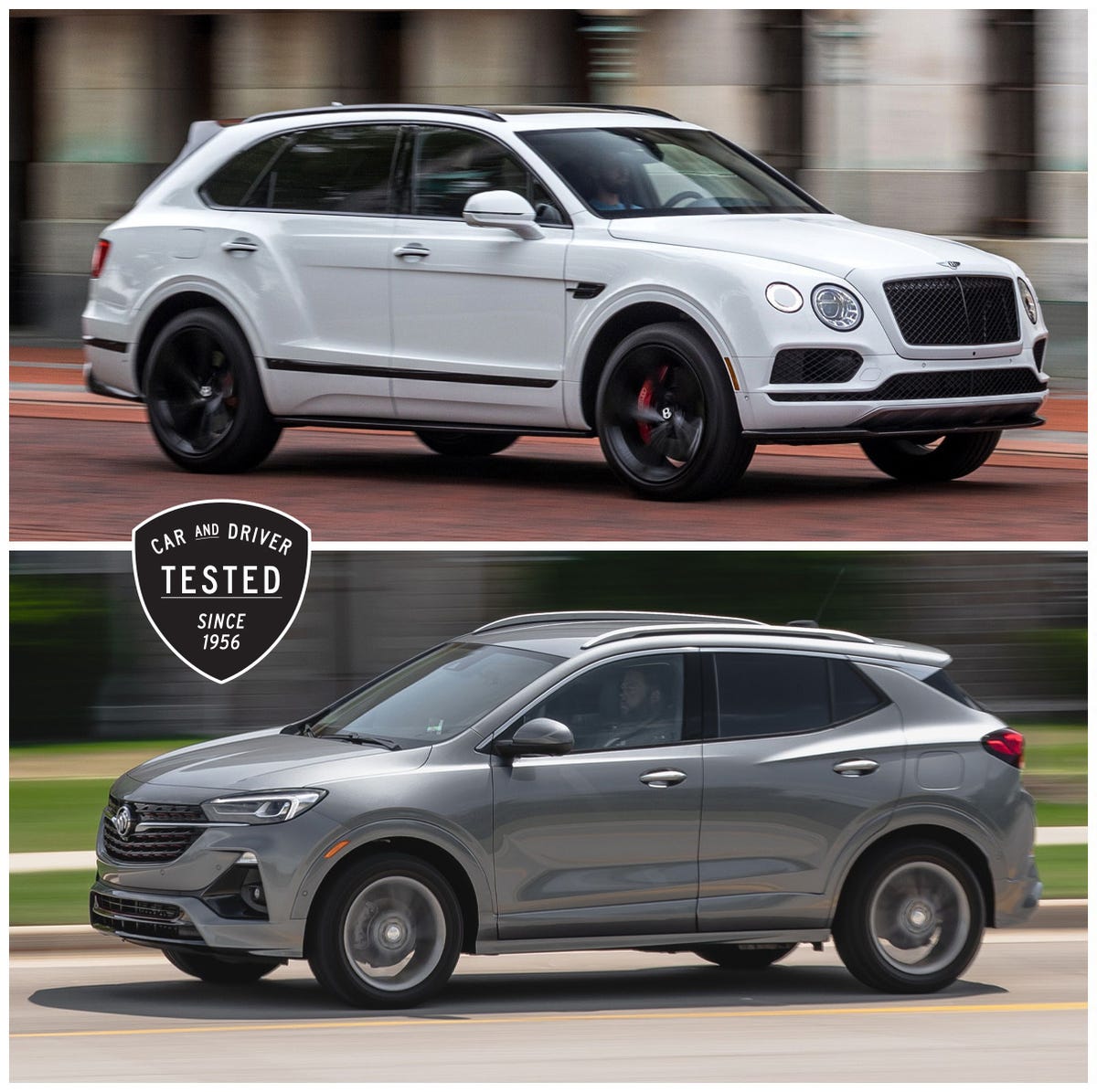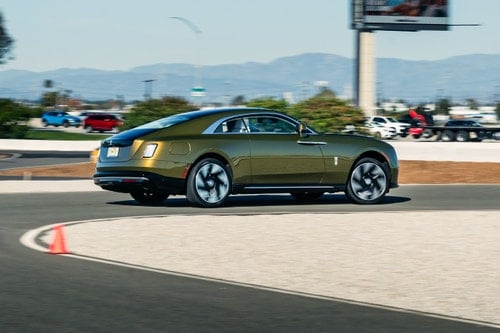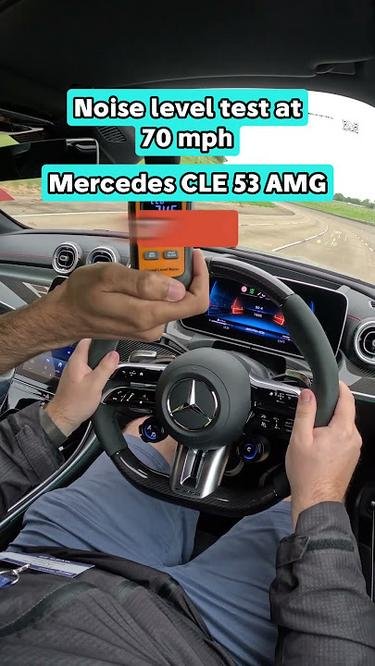Behind the Numbers: Measuring Cabin Noise at 70mph

That thirty-second window feels like a lifetime when you’re glued to the data stream, watching fluctuations in dBA rise and fall with every minor gust of wind or texture change in the pavement. To guarantee consistency, engineers rigorously follow ISO 5128 guidelines, controlling variables like road surface type, tire pressure, and external noise sources. Each run is repeated three times, and the quietest reading tossed out, preventing a freak lull—say, an unusual hole in the air where wind just disappears—from skewing the results. I remember the hush inside the cabin on my first test run, barely registering 63 dBA—a level quieter than a soft whisper in a library.
Once data collection wraps, there’s another layer of peer verification, where results from Car and Driver’s in-house tests are compared to enthusiast-led studies. Car Confections, for instance, publishes an exhaustive noise database that tracks everything from the central engine mount to the rear axle riggings[2]. Edmunds, meanwhile, ran a quietest-SUV shootout on various road surfaces, concluding that even mid-priced crossovers could muster surprisingly serene cabins[3]. When these outside results line up with controlled ISO runs, you know the numbers aren’t a fluke—they’re rock-solid.
But numbers only tell half the story. Driving dynamics and psychoacoustics also play roles—what you hear and what you perceive can differ. A cabin tuned for broadband noise reduction might seem quieter at low frequencies, yet still let a harsh wind whistle above your head. To address this, manufacturers reference the impact of tyre choice on cabin noise, tinkering with low-rolling-resistance compounds and adjusting pressure to shave off tenths of decibels. One engineer likened it to removing pebbles from a violin’s body—you might never spot them, but they change the resonance dramatically.
Engineers often compare the sensation to floating in a concert hall, tire roar and wind buffeting reduced to a gentle hum. I still recall the moment when, during a late-night test, I eased the car onto the track at precisely 70 mph and reached for the decibel readout. A steady 63 dBA blinked back at me. My heart skipped; it felt otherworldly. Later, a colleague described it as “listening to a distant soundtrack while submerged”—the kind of poetic flourish you only hear in this business.
All this to say, measuring cabin noise at highway speed is an art and a science. You’ve got the hard metrics—ISO protocols, calibrated gear, multiple runs. Then you’ve got the soft side—driver perception, acoustics tuning, obsessive tweaking of tires and seals. And it adds up to something more than a number on a dash: it’s a promise of serenity on your next road trip. After all, isn’t it a special pleasure, gliding down the highway as the outside world fades into a hushed whisper?
Silencing the Road: Tech Innovations That Mute Wind and Tire Roar
Imagine gliding down the highway as the world fades into a serene whisper at 70 mph. That’s exactly what today’s engineers are chasing, layering technology upon technology to silence every creak, gust, and gravel crackle. It starts with aerodynamics: flush door handles, active grille shutters that close at speed to smooth airflow, and precision-engineered underbodies that shepherd wind around the chassis like water around a stone. The result? Flagship electric SUVs like the Audi Q8 e-tron and BMW iX both record a mere 63 dBA inside the cabin at highway speeds[1]. Even the Rolls-Royce Spectre flexes this hushed performance, proving that cutting-edge electric drivetrains paired with aerodynamic wizardry can turn a roaring highway into a gentle breeze.

Beyond sculpted exteriors, automakers have gone deep into material science. Acoustic glass replaces traditional windows, often bonded as a laminated sandwich to deaden high-frequency whine. Triple-sealed door gaskets form an airtight cocoon, while sound-absorbing wheel arches trap tire roar before it infiltrates the cabin. In instrumented back-to-back tests, Car Confections found that these specialized insulations and low-rolling-resistance tires can trim interior noise by up to 4 dBA across varied surfaces[2]. I remember stepping into a Buick Encore GX for a demo and being genuinely shocked at how muffled everything sounded—the kind of premium quiet you’d expect in a six-figure SUV, delivered for a fraction of the cost[3].
Acoustic engineers also borrow tricks from hi-fi audio. Small resonators tuned to specific frequencies cancel out wind whistles, while foam layers in the dash and floor insulate against both airborne and structure-borne noise. Active noise cancellation systems, similar to those in premium headphones, use inward-facing microphones and opposite-phase sound waves to neutralize persistent hums. The net effect: a cabin that not only registers low decibel readings but also “feels” quiet—devoid of that itchy tension you get when a wind rush or tire vibration hits just the wrong pitch.
Even mainstream crossovers have joined the silent parade. Edmunds crowned the Audi Q8 Quattro Prestige as the quietest SUV at just 56.2 dBA at speed[3], while enthusiast-run YouTube instrumented tests show the Mazda CX-5 and Hyundai Tucson dipping into the mid-50 dBA zone on smooth pavement[5]. It’s almost like the road disappears under you, leaving nothing but an intimate soundtrack of your own making. With each new innovation—be it smarter wind tunnels, richer insulation, or upgraded speaker-based cancellation—automakers edge closer to perfect silence, promising a future where even the faintest echo of the outside world is a distant memory.
Road’s Whispers: Ranking the Quietest Cars Cruising at 70mph
When I settled into the BMW iX’s plush seats, the roar of the highway evaporated—its cabin measures just 63 dBA at 70 mph, tying it with the Audi Q8 e-tron and the ultra-luxury Rolls-Royce Spectre for the quietest ride on record[1]. That benchmark has become the gold standard, a line in the sand that every automaker wants to not just meet, but beat.
Here’s how the top performers stack up:
| Model | Type | Cabin Noise at 70 mph (dBA) |
|---|---|---|
| BMW iX | Electric SUV | 63 |
| Audi Q8 e-tron | Electric SUV | 63 |
| Rolls-Royce Spectre | Ultra-Luxury EV | 63 |
| Buick Encore GX | Subcompact SUV | 67 |
| Tesla Model S | Electric Sedan | 65–68* |
*Exact readings vary based on tire compound and road surface[4].

Beyond those headline grabbers, compact favorites like the Mazda CX-5, Hyundai Tucson, and Kia Sportage hover around 54 dBA in enthusiast instrumented runs[5], while Edmunds still lauds the Audi Q8 Quattro Prestige’s 56.2 dBA as the quietest SUV they’ve tested[3]. If you’re tempted by electrified calm without a six-figure price tag, dig deeper into our feature on the Polestar 3 EV SUV to see how it stacks up.
Ranking these vehicles is more than a numbers game—it’s about real feelings behind the wheel. A 2 dBA difference might sound trivial on paper, but in practice, it’s the line between conversational hush and a faint zing in your ear. And at triple-digit speeds, that can make or break your road-trip zen. In the end, the quietest cabins feel like personal sanctuaries on wheels, allowing you to focus on the road ahead—or simply soak in your favorite playlist, undisturbed.
Beyond the Sound Meter: Real-World Quietude and Comfort
Controlled test tracks are one thing, but out in the wild, things get messy fast. Rough pavement can send cabin noise spiking by 5–7 dBA, turning that serene glide into a faint roar. Crosswinds whipping across open plains can punch a sudden whistle through door seals, reminding you that perfect conditions are rare. Enthusiast forums are full of DIY testers reporting worn tires and loose door seals adding unexpected hiss, pushing readings closer to 70 dBA in everyday driving[2].
Luxury sedans like the Tesla Model S boast impressively muted cabins over smooth asphalt, but on rougher surfaces I’ve seen readings jump 3 dBA above factory figures[4]. For compact SUVs, mainstream players fare surprisingly well: on YouTube instrumented comparisons, models such as the Mazda CX-5 and Kia Sportage consistently log around 54–55 dBA at highway speed[5]. Yet even these can be undone by potholes and expansion joints, or by the rhythmic hammer of a spring rain on a steel roof.
Weather is another wild card. A sudden downpour can amplify roof drumming, while low ambient temperatures stiffen door gaskets, increasing vibrations and rattles. Drivers who’ve followed our six-month evaluation of the Hyundai Tucson Hybrid have noted that its thicker side glass and generous door insulation kept chatter remarkably low throughout seasonal extremes, proving that lab quiet is only part of the storyHyundai Tucson Hybrid real-world review.
And then there’s the human factor—how your own hearing adapts. After long stints on the road, your ears tune out consistent, low-level hums, making sudden spikes feel more pronounced. A friend once joked that he could drive an EV on bald tires and still never hear the road—until his windows fogged up mid-commute and he realized the windshield wipers were the loudest thing in the cabin.
In practice, achieving true tranquility on the highway is a constant balancing act between engineering ambition and real-world unpredictability. But for drivers who prize quiet above all—those who treat their commute as sacred downtime—it’s worth every extra decibel shaved off by superior seals, insulation, and material choices.
Key Takeaways & Final Words
At highway speeds, even a few decibels can feel like night and day. The BMW iX, Audi Q8 e-tron, and Rolls-Royce Spectre all register a whisper-quiet 63 dBA at 70 mph[1], showcasing what thoughtful engineering can achieve. Meanwhile, the Tesla Model S often impresses close behind, with only minor variation depending on road surface[4]. If luxury price tags make you wince, take heart: enthusiast-led readings put the Mazda CX-5 and CX-50 around 54 dBA in real-world tests[2], while Edmunds still crowns the Audi Q8 Quattro Prestige the quietest SUV at 56.2 dBA[3]. Even subcompacts like the Buick Encore GX deliver a respectable 67 dBA, reminding us that peace on the road isn’t just for exclusive models.
Remember, beyond simple decibel charts, it’s the small details that turn a car into a retreat: thicker windows, softer floor mats, tighter door seals. And sometimes, automakers layer on artificial engine growls that jar more than they comfort—if you’re curious why some models fake those sounds, our deep dive into phantom cabin noises unpacks the debate. Ultimately, the best quiet car fits your budget, your comfort needs, and your idea of peace—so I always recommend taking that highway test and trusting your own ears before deciding. After all, silence isn’t just a number; it’s a feeling that transforms every commute into a calm escape.

